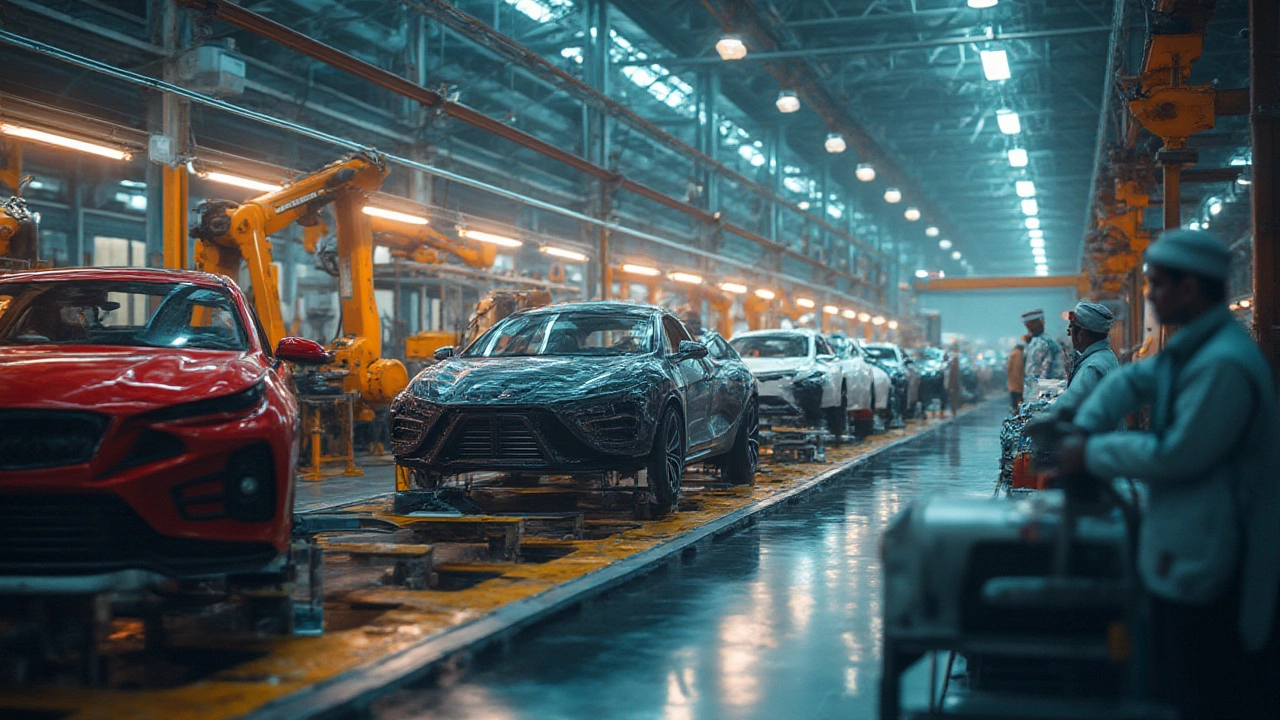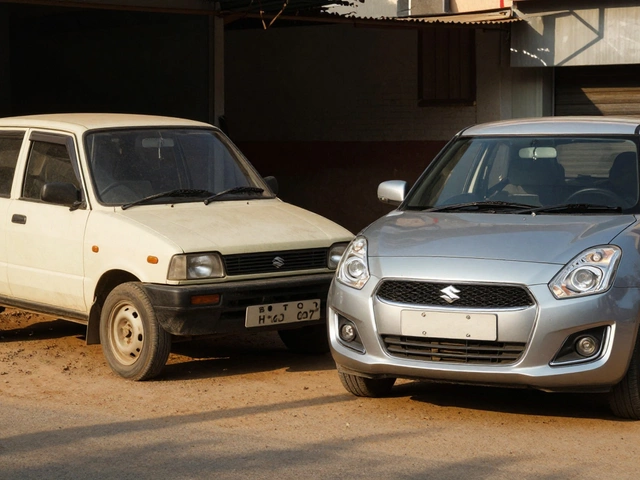Local Automobile Industry: What’s Happening Right Now?
If you’re curious about cars rolling off Indian factories, you’re in the right spot. The local automobile industry is buzzing with new models, tech upgrades, and policy shifts that affect everything from tiny two‑wheelers to heavyweight trucks.
First off, production numbers are climbing again after a dip caused by supply chain hiccups. In 2024, passenger vehicle output rose by about 8% compared to the previous year, and commercial vehicle figures are up 6%. That rebound is driven by stronger consumer confidence and a push for electric mobility.
Key Drivers Behind the Growth
One major driver is the government’s push for electric vehicles (EVs). The Faster Adoption and Manufacturing of Hybrid & Electric Vehicles (FAME) scheme now offers up to 10% subsidy on EV purchases, and many states are adding their own incentives. This has encouraged manufacturers to set up EV assembly lines in places like Gujarat and Tamil Nadu.
Another boost comes from the “Make in India” campaign, which gives tax breaks and easier land allocation for auto plants. Companies such as Tata Motors and Mahindra are expanding capacity, while foreign players like Hyundai and Kia are also increasing local production to avoid import duties.
On the demand side, urban buyers are looking for affordable, fuel‑efficient cars that also have smart features. Compact hatchbacks and entry‑level SUVs are selling fastest because they fit tight city roads and budgets.
Challenges You Need to Watch
Despite the upbeat numbers, the industry faces real hurdles. Power shortages in some regions still cause production delays, and the high cost of lithium‑ion batteries keeps EV prices above what many consumers are ready to pay.
Regulatory compliance is another headache. New emission norms (BS‑VI) require advanced engines, and meeting them means bigger R&D spend. Smaller manufacturers often struggle to keep up, which can lead to a consolidation trend.
Lastly, the supply chain for critical components like semiconductors remains fragile. Although the situation is improving, any new shortage could quickly slow down output.
What can businesses do? Focus on local sourcing to cut lead times, invest in battery‑tech partnerships, and keep an eye on state‑level incentives that might lower costs. For job seekers, roles in EV engineering, supply‑chain analytics, and automation are likely to grow fast.
Overall, the local automobile industry is on a path of steady expansion, powered by policy support and changing consumer tastes. Keep track of the EV subsidy updates and the evolving emission standards – they’ll shape the next wave of cars you see on the road.
Are There Any Cars Made in Pakistan? Exploring Local Car Manufacturing
Explore the facts about car manufacturing in Pakistan—who makes cars there, how local the vehicles really are, and what the future holds for Pakistan's auto industry.
Read More




